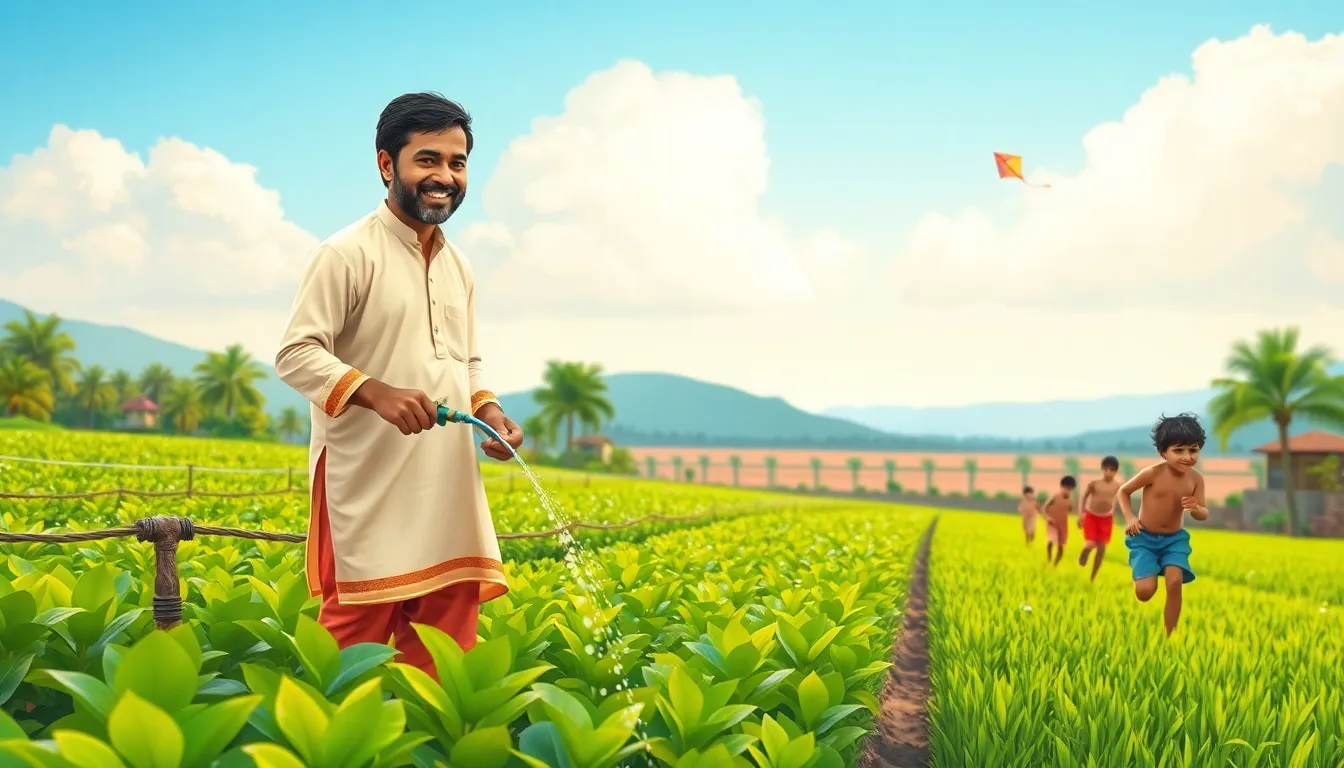The India Meteorological Department (IMD) has warned of heavy rainfall and thunderstorms impacting over 15 states as the monsoon intensifies. As we approach the end of June 2025, farmers across India are feeling the effects of a delayed monsoon. With sowing disrupted, many are faced with tough decisions about their crops. In states like Maharashtra, Bihar, and Jharkhand, farmers are anxiously waiting for rain. They are concerned about their crops and livelihoods. In Maharashtra, only about 69% of the usual sowing area has been covered. In the rain-fed regions of Bihar and Jharkhand, the sowing rates are even lower, at just 55-60%.
Many farmers are adjusting their strategies to cope with the situation. They are building micro-wells and storing rainwater to maximise available resources. Others are switching to shorter-duration crops that can thrive in the limited time left in the season. Parmeshwar Thorat, an avocado farmer from Beed, highlights the struggles. He mentions that every day of delay puts more stress on his plants and on him. Without timely rains, farmers face lower yields and uncertain incomes.
The monsoon is the backbone of India’s agricultural system. Farmers plan their sowing schedules around the expected arrival of rains. When the monsoon is late, it leaves fields dry and crops vulnerable to disease and pests. Key crops like rice, maize, and soybeans are currently behind schedule by 30-45% compared to last year. This delay poses a serious risk to food production and can lead to inflation in food prices.
With the threat of a late monsoon, many farmers are hesitant to purchase fertilizers and pesticides. They fear wasting money on inputs they might not get to use if the rains do not arrive in time. This creates a risky situation. If rain comes late but suddenly, farmers may have little time to plant. However, if rain does not come soon, they risk losing the entire season. The ripple effects of these delays extend beyond farmers. Daily-wage workers who depend on farm jobs for their income are also affected. When sowing is delayed, there is less fieldwork to offer, leading to lost earnings for these labourers.
The situation is critical as over 58% of India’s population relies on agriculture for their livelihoods. When sowing is disrupted, it can lead to food inflation and even shortages of staples. This impacts grocery shops and ultimately affects every household. Farmers are not sitting idle. Many are taking proactive steps. Parmeshwar Thorat shares how he has installed drip irrigation to ensure every drop of rainwater is used effectively. These small adjustments are helping farmers make the best of a challenging situation.
The delayed monsoon has implications for nutrition levels in farming families as well. Studies show that during drought or delayed monsoon years, nutritional intake can drop by 15-20%. Farmers like Parmeshwar are showing determination. They are finding new ways to cope and preparing for whatever rain may come. Even though the situation is tough, they are working with what they have. This reflects a spirit of resilience that many farmers share.
For everyday readers, it is important to understand that a delayed monsoon is not just a problem for farmers. It can affect food availability, prices, and rural stability for everyone. The next time we see a weather report or notice a rise in vegetable prices, we should remember the chain of decisions that begins with farmers waiting for rain. The impact of a delayed monsoon can be felt far beyond the fields. But hope remains. Just as rain may come late, farmers like Parmeshwar Thorat remind us that with preparation and effort, a season can still recover. It’s not just about surviving the challenges but about building a sustainable future. Farmers are adapting, learning, and finding ways to ensure their crops can grow well, even in imperfect conditions. Their quiet determination is a beacon of hope for many across the country.

